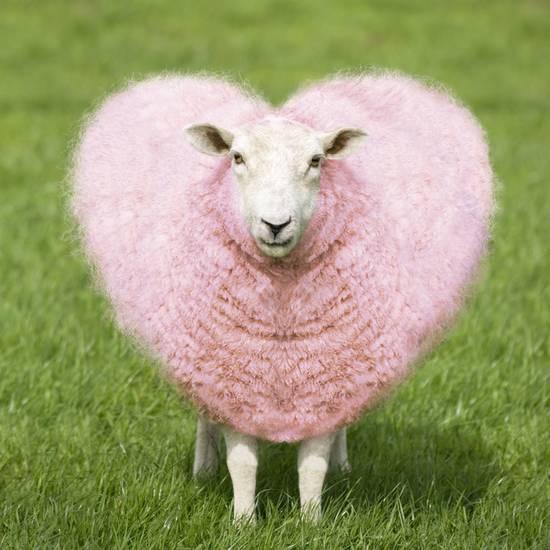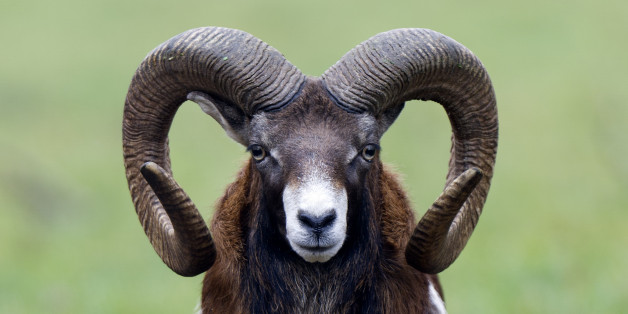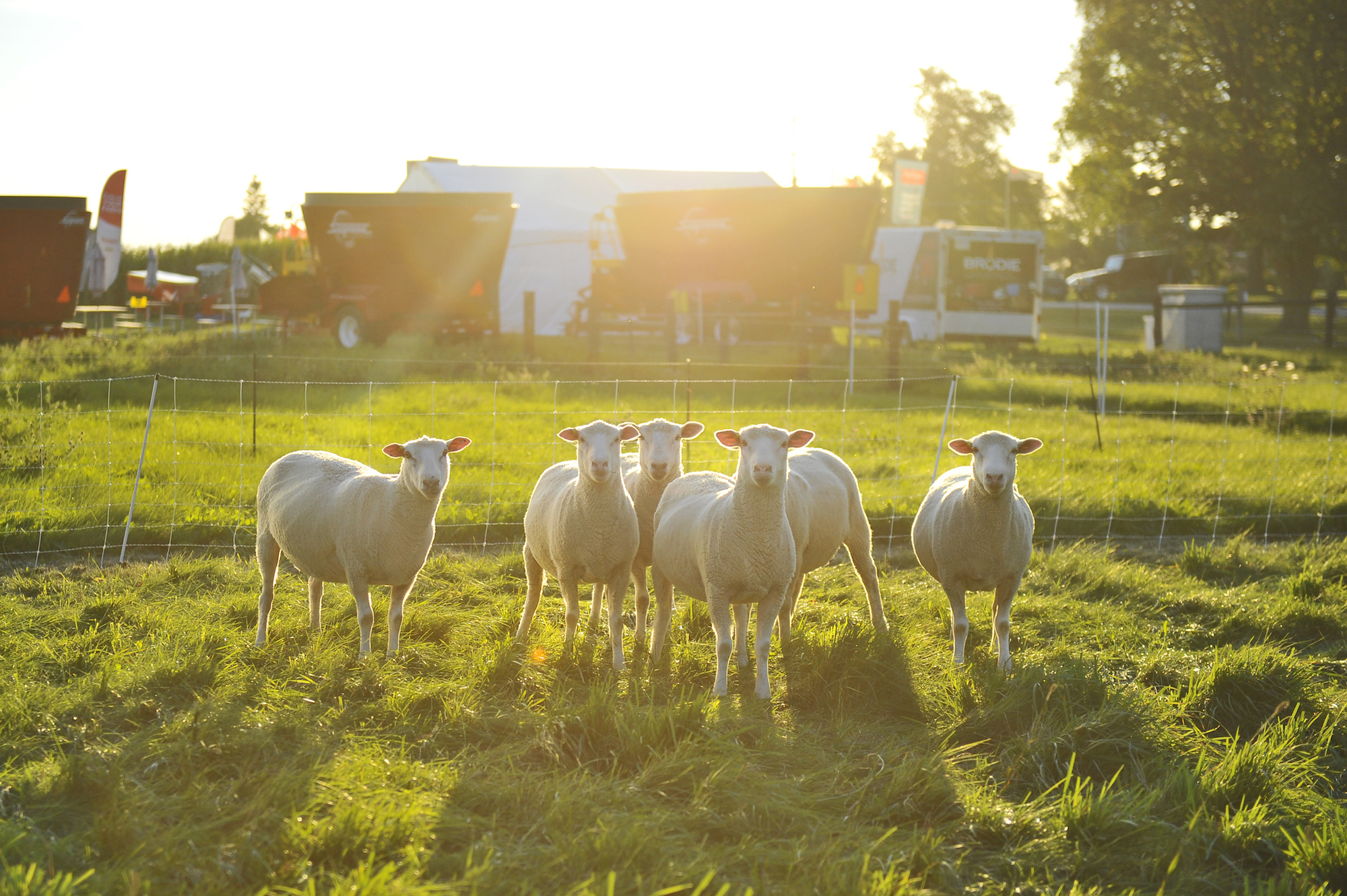Parasite Control and Sheep Health
THE PROBLEM ALL ONTARIO SHEEP PRODUCERS ARE FACING Increasing resistance of the internal parasites to the available deworming products Increased costs to deworm because of the need to use more expensive dewormers that will eventually lose their effectiveness as has happened in all the major lamb producing countries Increased deaths due to worms, and increase of stress on the sheep with high worm loads Unthrifty lambs and ewes. WHAT DID WE DO WHEN WE FOUND RESISTANT WORMS? We were part of a University of Guelph study about anthelmintic resistance which revealed that we had the problem of resistant parasites. In consultation with the researchers we started to select and breed our sheep for resistance to parasites. We applied for Growing Forward 2 (GF2) funding to collaborate on this project to build on the resistance we could already see in our flock. The Guelph study had also shown that levamisole was…
Ram Selection
Rams are selected in most cases from ewes that are 5 yrs. and older. Their dams are productive ewes weaning 2.6 lambs or more per year over those 5 years. These ewes are aggressive mothers, that milk well and have good tight udders, low incidence of mastitis and also improves longevity in the ewe flock. These traits are passed on to the offspring through the Ram. Rams are also selected using the Canadian GENOVIS performance production system which we have been on from the start. We have decades of production records on this system. All the rams are tested for parasite resistance, through University of Guelph Labs using the McMaster test for fecal egg counts (fec). “Parasite resistance is highly inheritable and by the 4th generation of selecting for this trait the animals in the flock are virtually resistant to all blood sucking Parasites.” — David R Notter, Virginia Tech.…
Breed History
The Rideau Sheep are a Canadian agricultural success story. The breed was developed by Agriculture Canada at the Animal Research Centre (ARC) in Ottawa. The Rideau Breed evolved from a research program starting in 1959, which worked to develop artificial insemination, embryo transfer technology, and increased feed efficiency of sheep. Using advanced production recording that emphasized the maternal traits and using no fewer than 6 different sheep breeds contributing to this research, a new strain of sheep was produced which gives a high economic return, under intensive and sustained lamb production, through increased litter size, and decreased lambing intervals. Work was also concentrated on the removal of seasonal constraints to breeding, and to optimize the efficiency of growth of the market lamb. The Rideau is a distinct genetic strain of sheep, bred pure and registered by the Canadian Livestock Records Corp. since 1989 created to greatly enhance the maternal characteristics…
Production at Breezy Ridge Farm
The flock is managed using a three lambings in two year system or every eight months with lambs being born in late winter , spring and fall. Winter and fall lambs are raised in shelters on the ewes with a creep ration until 60 days of age and then weaned and grown out on a full grain and supplement diet. In the spring, the lambs are born in the fields and are raised on pasture until approx. 30-35 Kg or 80 days. Grass lambs will always grow slower. Lambs are then brought into the barn and gradually moved onto a full grain and supplement diet to finish them quickly. If a slower rate of gain is desired so that the lambs are ready for a specific market at a more lucrative time of year, then they can be kept out on pasture after weaning and fed grain and concentrate as…


